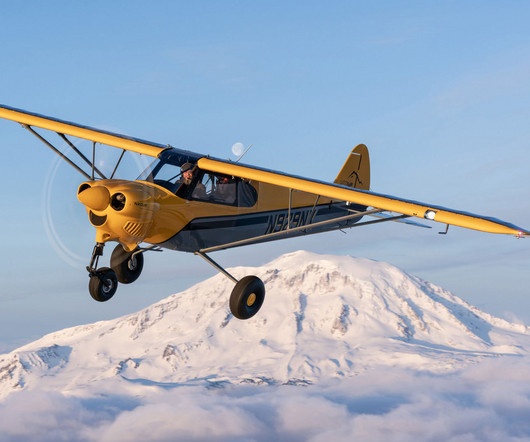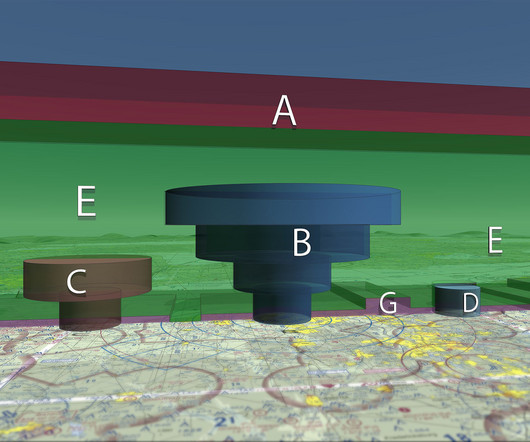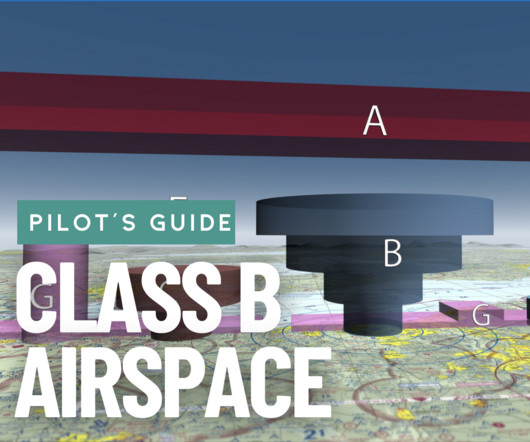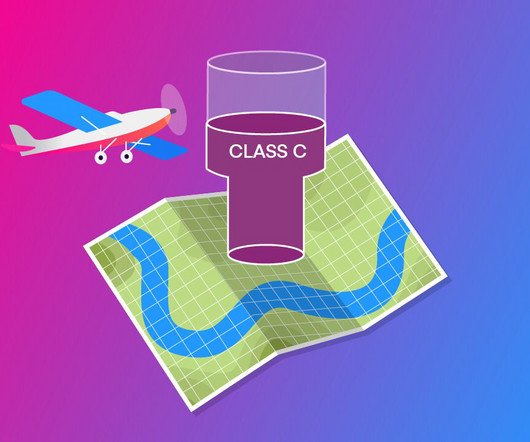We Fly: CubCrafters NXCub
Flying Magazine
JUNE 30, 2025
In general, tailwheel airplanes do well on unimproved airstrips because of prop clearance and, with larger main gear tires, the ability to handle ruts and uneven ground. inch display, GTR 20 comm, GTX 345R transponder, G5 attitude indicator, GDL 84 ADS-B package, Garmin dual-axis autopilot, and stereo intercom.











Let's personalize your content